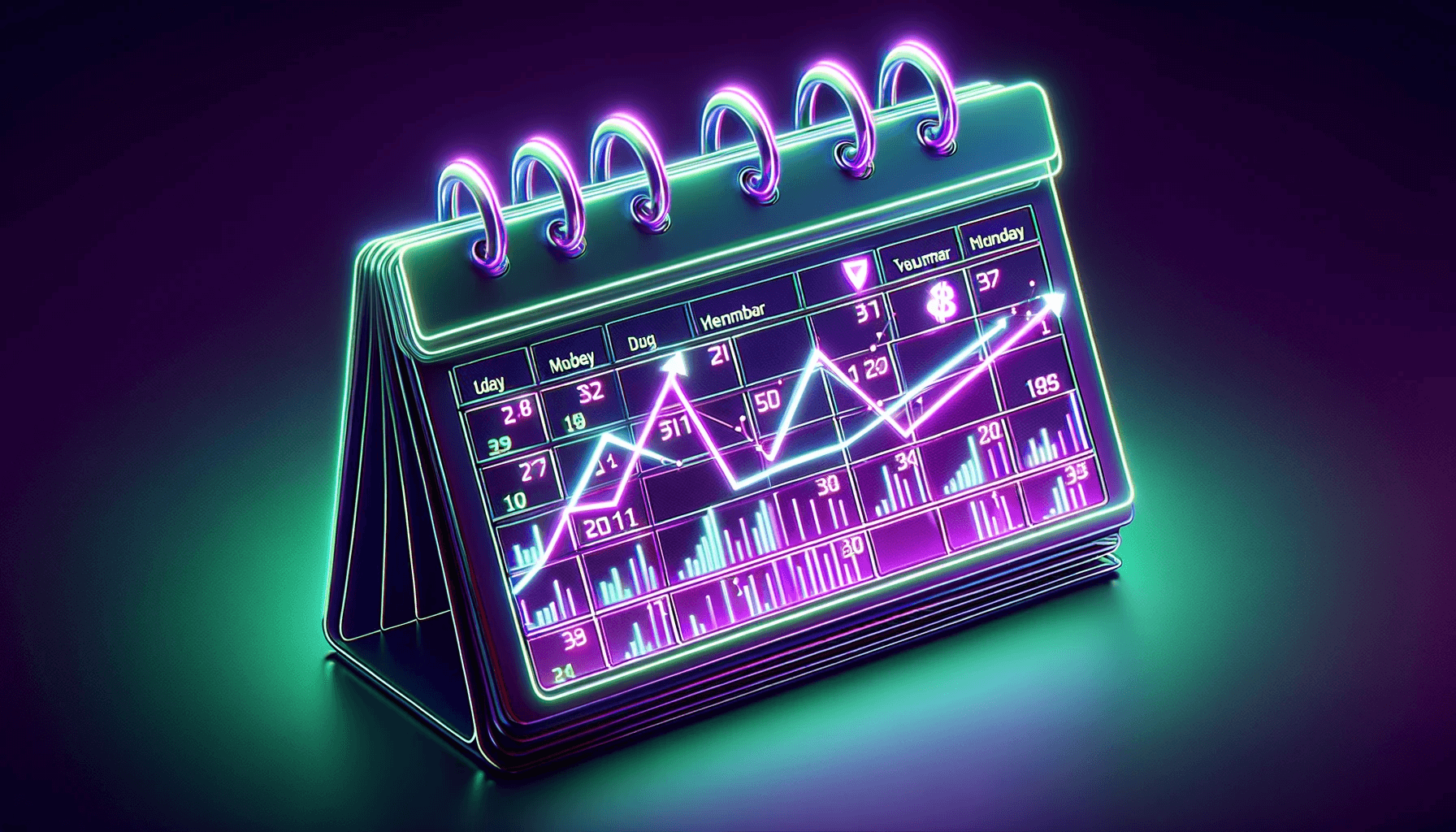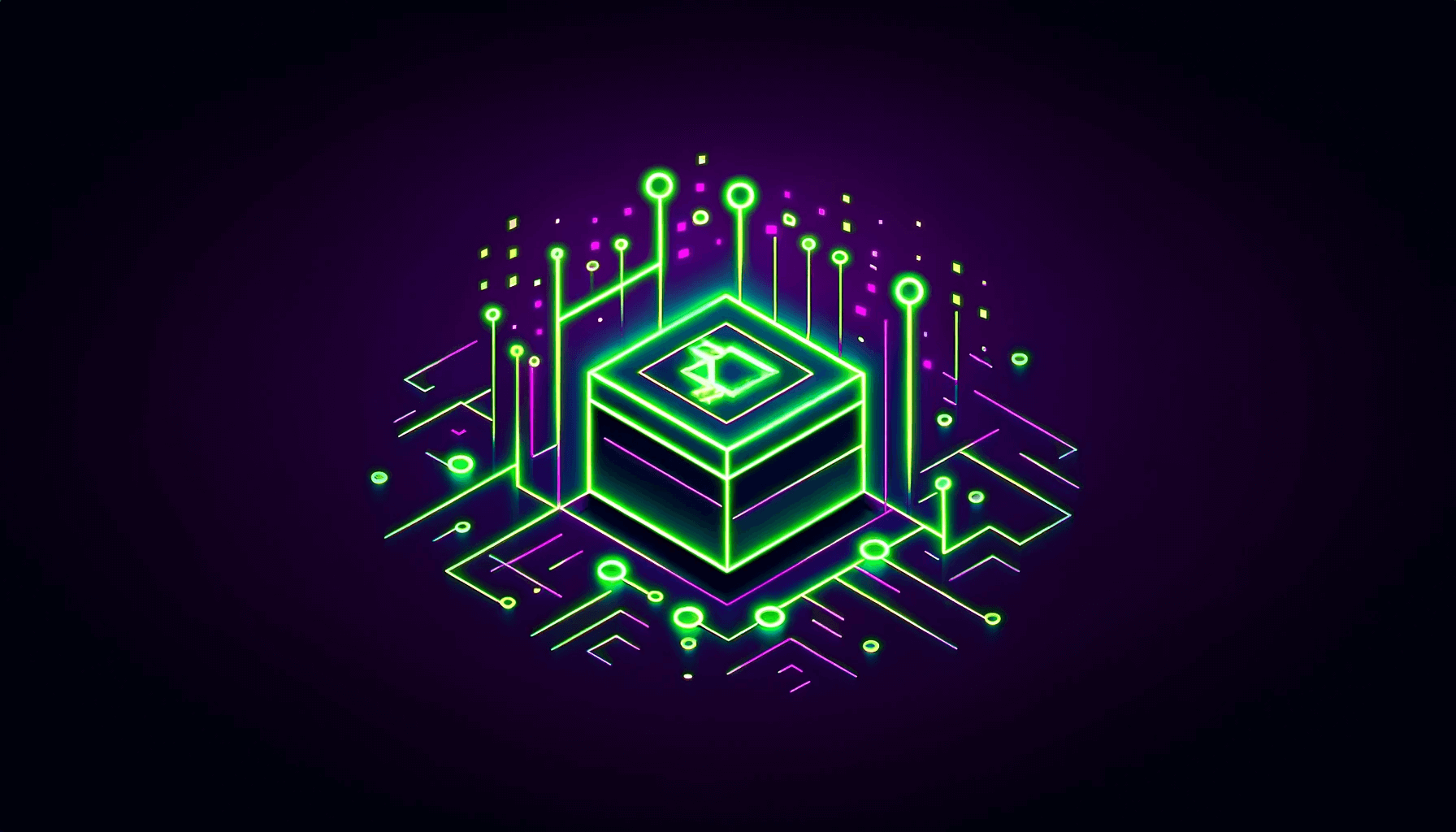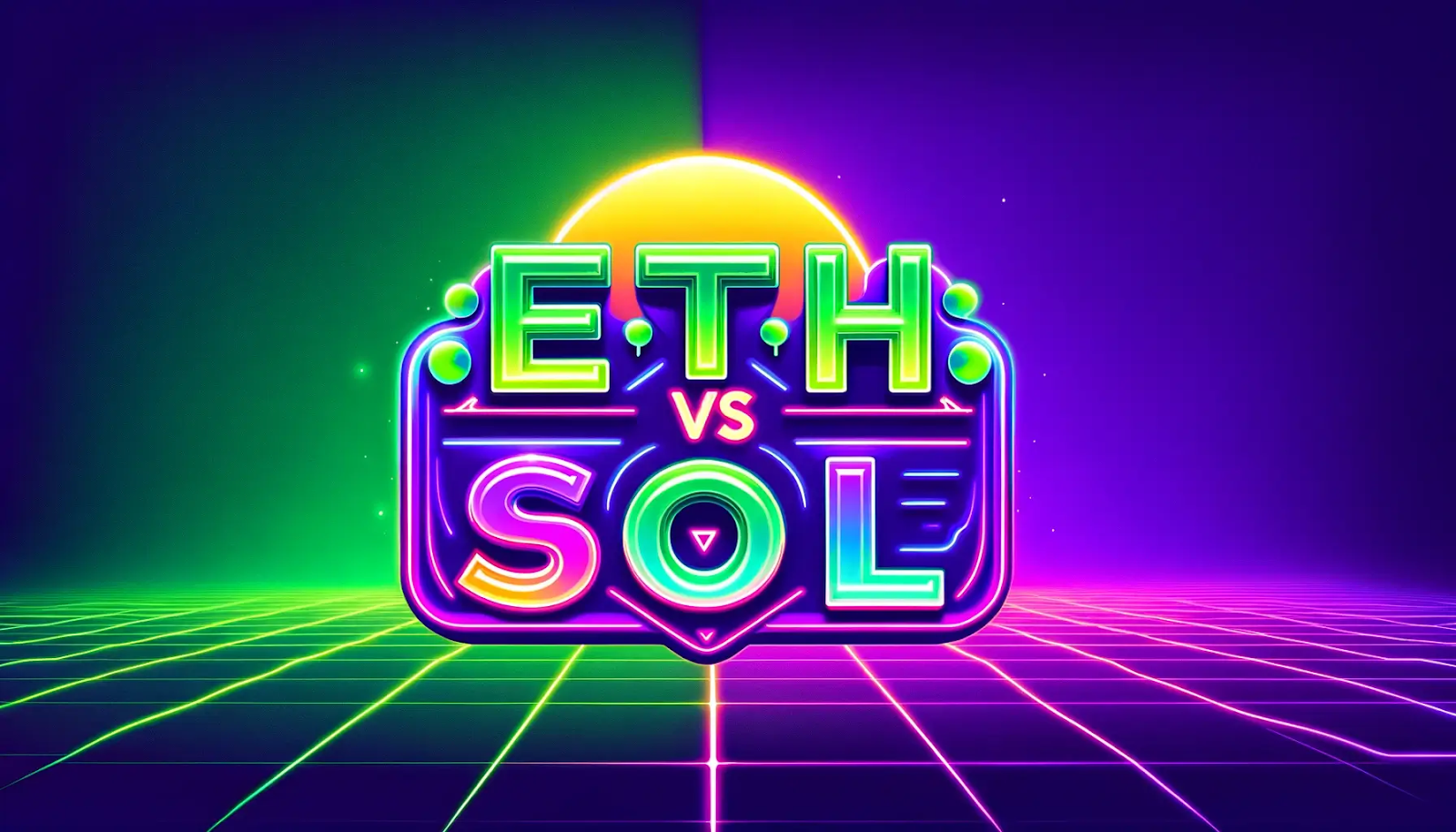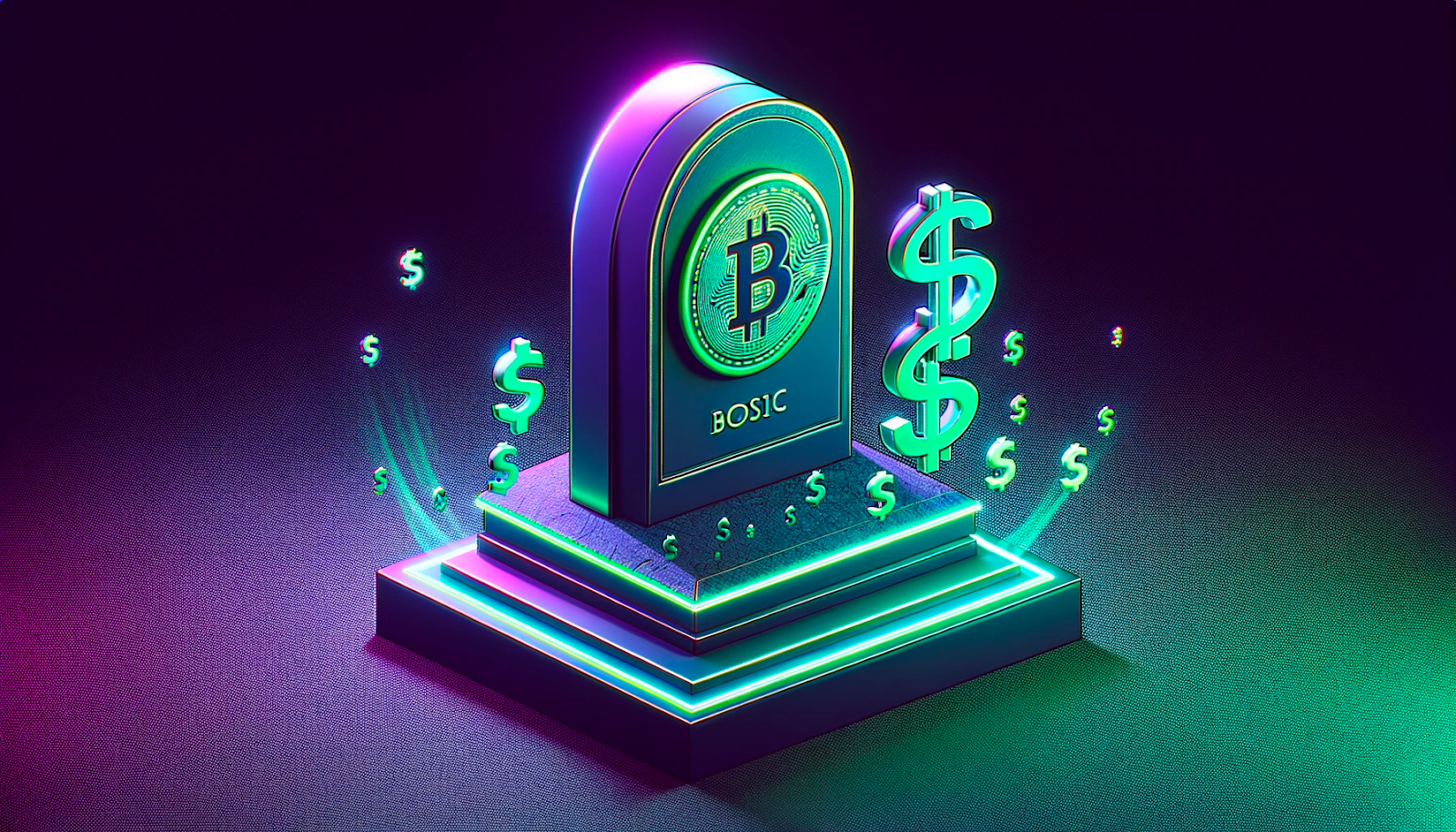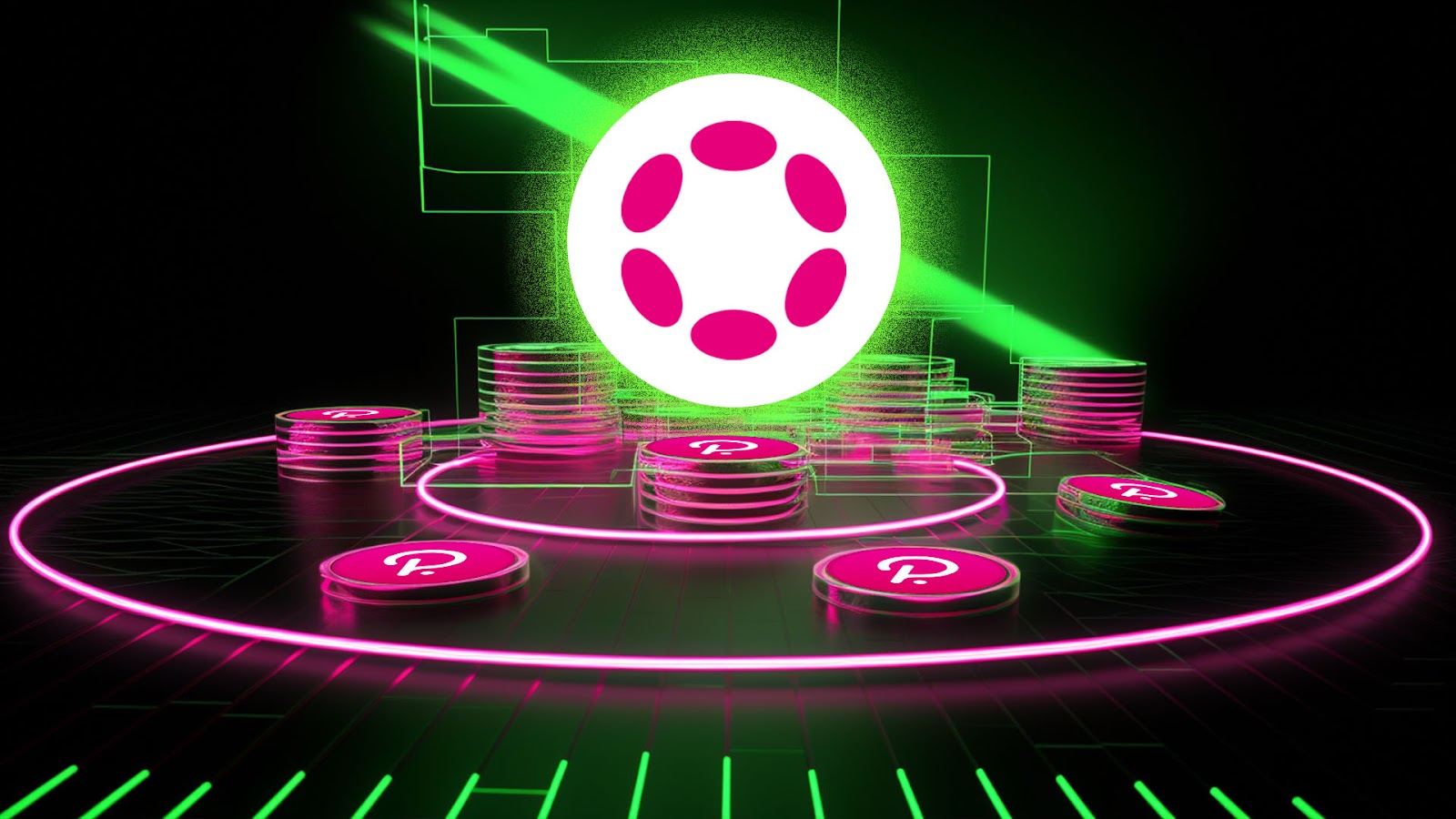
The Polkadot network is a top cryptocurrency project facilitating an interoperable connected decentralised landscape for the Web3 industry. Putting users in control, Polkadot technology can connect public permissionless networks with private permissioned and consortium blockchains. Polkadot is building an internet where users can transact value and data across different blockchain networks in a secure and trustless manner via the core Polkadot Relay Chain. Furthermore, the Polkadot ecosystem offers technologies to allow for the creation of innovative multi-chain decentralised applications (Dapps) and hosts options for external Dapps and services to seamlessly connect to the network.
In this article, we dive deep into the Polkadot network covering the project’s background, ecosystem, and technologies. Plus, we explore the various utilities of Polkadot’s native asset, DOT. Also, we look at some of the top projects operating on the Polkadot network alongside Polkadot’s testing ground, Kusama.
What is the Polkadot Network?
Polkadot is a top 20 cryptocurrency project with a current valuation just over $5 billion at the time of writing. Polkadot is a blockchain network protocol designed with interoperability in mind, allowing the transfer of arbitrary data and value between blockchains. Further, the Polkadot network offers a multi-chain application environment facilitating cross-chain computation and cross-chain registries. Moreover, Polkadot can allow for the transfer of data across permissionless public blockchains alongside permissioned private blockchains. As such, Polkadot makes it possible to build decentralised applications (Dapps) that use both private and public blockchain technology. An example from the Polkadot website includes using private academic records with a degree-verification smart contract on a public network.
Polkadot has three founders; Peter Czaban - the Technology Director of the Web3 Foundation, Robert Habermeier - a Thiel Fellow and longstanding member of the Rust community with a background in cryptography and blockchains, and Gavin Wood - co-founder and CTO of Ethereum.
Kusama
Kusuma is often referred to as the ‘canary network’ for Polkadot. The project’s design follows nearly the same codebase as its cousin, Polkadot. Kusama is seen as an experimental development environment for developers preparing for deployment on Polkadot. Built using the same technology as Polkadot (Substrate), Kusama is a scalable network of blockchains with a low barrier to entry, ideal for developers keen to move fast.
Also founded by Gavin Wood in 2019, the Kusama project boasts speedy development times on a multi-chain and sharded network. Kusama allows developers to design their own custom blockchain network (called a ‘Parachain’) taking advantage of the latest features before being deployed on the Polkadot network.
Exploring the Polkadot Ecosystem
The Polkadot ecosystem can be thought of as a wheel with a hub and spokes. The central Relay Chain is the hub with Parachains and Parathreads as the spokes connected to the Relay Chain.
Relay Chain
The Relay Chain is the core aspect of the Polkadot blockchain network responsible for the cross-chain interoperability of projects. Plus, the Relay Chain is in charge of the security and consensus of the network. The Relay Chain doesn’t support smart contracts, with a design more focused on governance. Further, as the ‘hub’ of the Polkadot network, the Relay Chain is the site processing governance votes, Parachain auctions and transaction validation.
Parachains
Branching out of the central Relay Chain hub are the Parachains. Parachains are sovereign blockchains that can be designed with project-specific utility. Additionally, chains have their own tokens and governance mechanisms. Moreover, Parachains maintain a constant connection with the Relay Chain. With a limited number of Parachain slots available, projects compete through auctions for spaces. Upon winning an auction a certain amount of DOT tokens will need to be bonded to secure the Parachain lease.
Parathreads
Parathreads are similar to Parachains, however, they are often much smaller networks or projects. Operating a pay-as-you-go model, Parathreads are not in constant connection with the Relay Chain and offer a more economical solution for decentralised applications (Dapps) seeking access to Polkadot’s security, scalability, and interoperability without the development and expenses of Parachains.
Bridges
The final part of the Polkadot ecosystem are bridges. Bridges connect with Parachains and Parathreads and allow for communication with other blockchain networks external to Polkadot. This includes both Bitcoin and Ethereum and many more.
Polkadot Technology
The heart of the Polkadot network, the Relay Chain, is designed using Substrate - a framework for blockchain technology development by Parity Technologies. Parity Technologies has a strong background in enterprise blockchain development including the Bitcoin and Ethereum blockchains. Polkadot’s state machine uses the high-performing virtual environment WebAssembly (Wasm), with development support from major companies including Mozilla, Microsoft, Apple, and more.
The Polkadot project uses a cross-platform network framework for networking called libp2p. Libp2p holds potential as a future communication standard between decentralised applications (Dapps) and peer-to-peer applications across the Polkadot ecosystem. Appealing to a wide range of developers, the project’s runtime environment uses languages including Rust, Golang, and C++.
Polkadot offers a highly-scalable network for transactions using parallel processing across the network’s Parachains. In short, multiple transactions from different Parachains can be processed together on the Relay Chain increasing throughput and confirmation times.
XCM
XCM is Polkadot’s “cross-consensus communication format and programming language” creating a bridging solution with a common language between blockchain networks forming the foundation of Web3. Working to end the age of siloed networks, XCM offers a design for secure exchanges of value and arbitrary data between different types of blockchains. As a result, new innovative cross-chain decentralised applications (Dapps) can be designed implementing features from different chains. Furthermore, XCM allows for the cross-chain exchange of all different types of data creating opportunities for new services, Dapps, and products previously unavailable. XCM gives developers the opportunity to design innovative interoperable applications spanning multiple blockchains.
Alongside being a language for building cross-chain applications, Polkadot uses XCM as a communication tool for secure messaging across Parachains and bridges to external networks. XCM is a powerful language that facilitates communication between networks and smart contracts on different virtual machines, Substrate pallets, bridges and even different consensus mechanisms. For example, XCM can be used to communicate information between Bitcoin (a Proof-of-Work blockchain) and Polkadot (a Proof-of-Stake network). Thanks to XCM, developers can seamlessly create interoperable applications, multi-chain smart contracts and decentralised finance (DeFi) protocols, multi-chain decentralised autonomous organisations (DAOs) with cross-chain token and non-fungible token (NFT) transfers.
Polkadot (DOT)
The native asset of the Polkadot network is referred to as the DOT token (although technically, as a native blockchain asset, it is a coin). The DOT token holds 3 primary use cases. Firstly, the native DOT asset allows holders to have governing rights over the network. As such, DOT holders can vote on areas such as network fees, the schedule of a new Parachain, auction dynamics, and other upgrades or events of the Polkadot ecosystem.
The second function of the DOT token is for staking to secure the network. Holders can use their assets to support the Proof-of-Stake based consensus mechanism and earn rewards as incentives. Doing so helps the platform to operate and validate transactions across the network of Parachains.
The third use case for the DOT token is for a process known as ‘bonding’. Similar to staking, DOT token holders put ‘their DOT as risk’ by locking up the assets on the Polkadot network. However, bonding DOT tokens offers the ability for new Parachains to be added to the network. The DOT tokens are locked up throughout the duration a Parachain is connected and then released back to users accounts when a Parachain is removed.
According to CoinGecko, there are just over 1.2 billion DOT tokens in circulation with a maximum supply of 1.35 billion. In the November 2021 bull run, the value of the DOT token peaked at $54.98. At the time of writing, following a long bear market, the DOT token sits at $4.19 in the number 13 spot with a $5 billion market cap.
Top Polkadot Network Projects
The Polkadot network is host to hundreds of different Web3 projects. Below, we explore some of the top-performing projects and Parachains in the Polkadot ecosystem.
Acala Network
One of the top Polkadot projects is Acala Network. Acala brands itself as “building the liquidity layer of Web3 finance”. The popular Polkadot blockchain project provides an all-in-one decentralised finance (DeFi) landscape with a collection of cross-chain DeFi tools and protocols. This includes liquidity provision, staking derivatives, self-serviced loans and opportunities to trade and earn high yield on varying digital assets. Acala is an Ethereum Virtual Machine (EVM)-compatible platform based on Substrate allowing developers to build applications using the Solidity programming language. Plus, Acala Network offers forkless blockchain upgrades enabling developers to update the chain for project-specific purposes with ease.
Moonbeam
Another top Polkadot Parachain project is the Ethereum-compatible Moonbeam smart contract Parachain. Operating as a layer 1 chain, Moonbean offers developers the ability to expand their decentralised applications (Dapps) into multi-chain interoperable applications with the familiarity of Ethereum in a Polkadot environment. Developers can re-deploy existing smart contracts without the need to rewrite them. As a leading smart contract platform in the Polkadot ecosystem, Moonbean uses the native token Glimmer (GLMR) to run the network. All smart contract executions and transaction fees are paid for with the GLMR token in a similar fashion to using ETH to pay for gas on Ethereum. Plus, holders can support the Moonbean network by staking the GLMR token or using it for on-chain governance rights.
Edgeware
Edgeware is another smart contract Parachain platform with a design specific for the development of decentralised autonomous organisations (DAOs). Edgeware offers a scalable solution for building and managing decentralised communities as a cooperatively owned platform itself. With a strong community and public treasury, Edgeware offers a similar experience as the Kusama and Polkadot neworks with Ethereum Virtual Machine (EVM) based native features for developers to build their projects. These include EdgeEVM, EdgeWASM, and SubstratePallets. The Edgeware network operates using the native EDG token as rewards for active participants in the ecosystem. The EDG token boasts one of the widest distributions in the cryptocurrency industry with Edgeware stating more than 15 million unique addresses received the token as part of a ‘lockdrop’ distribution method in 2019.
Polkadot Network Deep Dive Summary
As one of the leading networks in the Web3 industry, Polkadot is a top cryptocurrency project with an active developer community. Addressing a key issue of interoperability across the Web3 industry, Polkadot offers a highly scalable and secure development landscape for developers to build and deploy multi-chain and interoperable decentralised applications (Dapps). Further, developments such as XCM are making it easier than ever for cross-network interaction and transactions of data and value. Additionally, the DOT token offers key utility features to secure and run the network contributing to a more connected and decentralised Web3 industry.
Want More Cutting-Edge Crypto News?
Follow Us: X TikTok Instagram Telegram LinkedIn
Sign up to our newsletter at the bottom of the page
Check Out Our Top 10 Crypto Currencies of 2023
This article is intended for educational purposes and is not financial advice.




